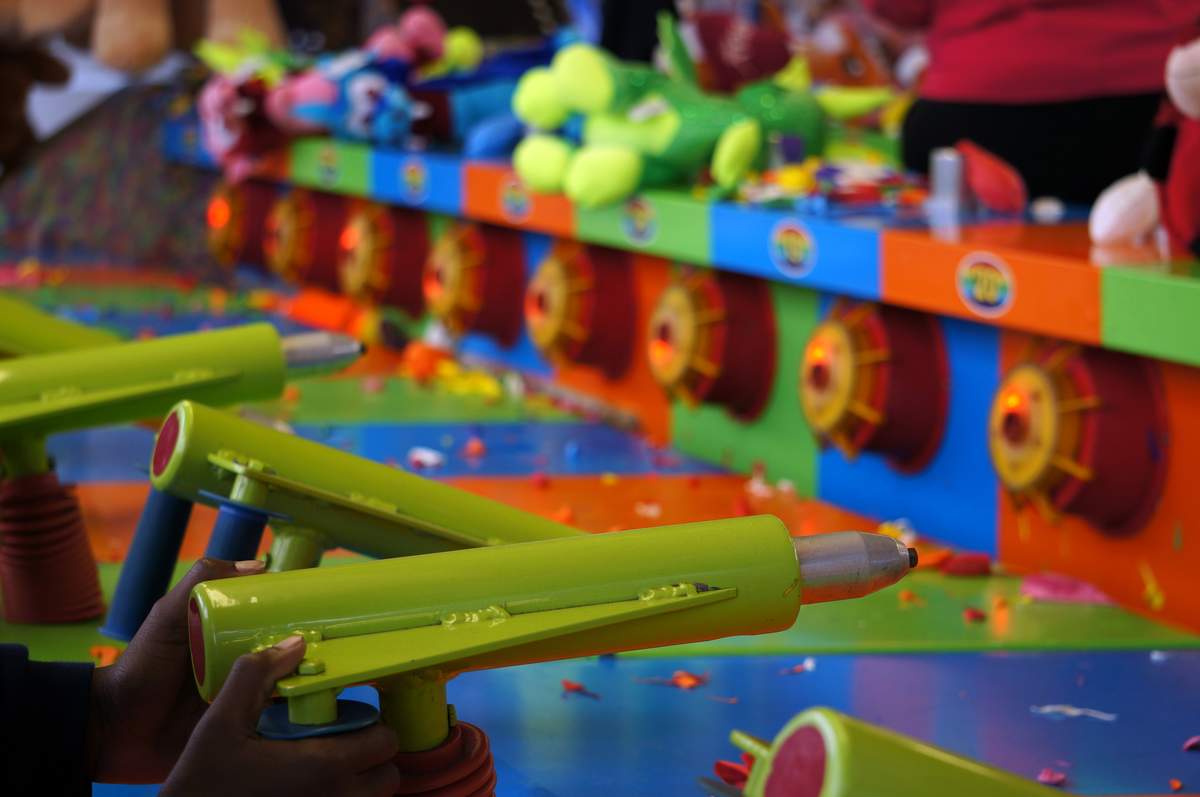Intimate Tickles Thought You Might Be Interested
Published: Mon, 26 Feb 2018 06:00:00 +0000
View Original Article

Today we celebrate carnivals, many of which are the traveling type, similar to nineteenth-century circuses; they may consist of amusement rides, food, games—both of chance and skill, thrill acts, and animal acts. These professional traveling carnivals take place at state and county fairs, or in smaller places like store parking lots. Some professional traveling carnivals are used by schools, churches, businesses, and other groups, but some of these groups may design less sophisticated carnivals on their own. For example, students at a school may organize and run a carnival at their school as a fundraiser, without the use of a professional carnival company. Carnivals are often held in the summer months, but there are winter carnivals as well.
The 1893 World’s Columbian Exposition was an impetus for the start of traveling carnivals. It had the original Ferris wheel, and its Midway Plaisance had rides, games of chance, and sideshow entertainment including freak shows and burlesque. The name “midway” was adopted by county and state fairs as a name for the areas where sideshow entertainment took place. By 1902 there were 17 carnival companies; there were forty-six in 1905 and 300 in 1937.
Rides first started being built in the eighteenth century but were not yet mechanical. Steam-powered rides were invented in 1868, helping spur the popularity of rides. Besides the Ferris wheel, there are many other rides at carnivals. Some are for young children, such as the carousel, rideable miniature railway and roller coasters, and the inflatable bounce house. Common rides for adults are the Zipper and the Tilt-A-Whirl. Some carnivals have roller coasters, but since carnivals travel, the roller coasters are usually not very extravagant, and a carnival will only have one or two. Rides are often painted in bright colors and have their own music.
Carnivals usually have food stands that serve a wide variety of foods. Some examples of common carnival foods are candy, cotton candy, caramel apples, funnel cake, pizza, hot dogs, and deep-fried Twinkies.
Games of chance and skill are an important component of carnivals. Common games of chance include “duck pond” and “ping pong and fishbowl,” while common games of skill include “crossbow shoot” and “balloon and darts.” Another popular game is the “water gun” game, and one of the harder carnival games is “stand the bottle.” Small or large prizes, such as stuffed animals, can be won while playing.
In the nineteenth century, sideshows were very important. An extra admission fee might be paid to see things such as menageries, where exotic animals were held, as well as freak shows, where midgets, and people and animals with multiple limbs, deformities, or other eccentricities would be viewed. Freak shows have faded away as their view in the public eye has changed. Thrill acts were another part of sideshows, where entertainers would eat fire, swallow swords, and nail things into their nasal cavities. Daredevil and burlesque shows were sometimes included as well. Today there still are some types of sideshows at carnivals.
Carnival Day is being observed today! It has always been observed annually on February 26th.
